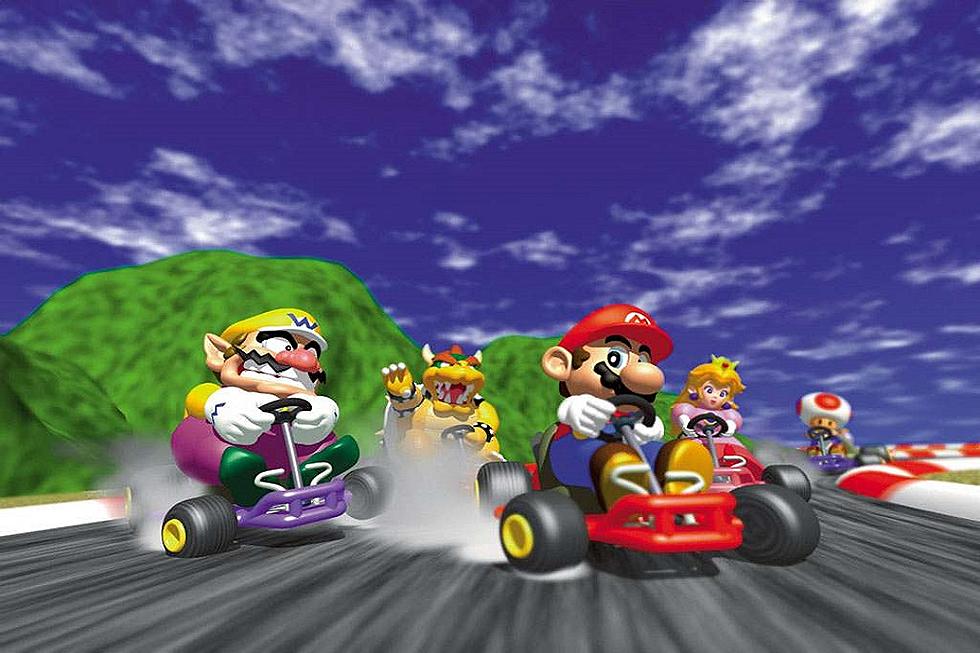
The Resounding Impact of Super Smash Bros. Melee
The Super Smash Bros. games have had a pretty fantastic run. Throughout the years, this series has brought the far corners of the Nintendo pantheon together in one place to settle the most ridiculous and fun of dream matches across various iconic locations from Nintendo's vast library of games. Many fans will cite various favorites, whether it’s the simple charm of the original on Nintendo 64 or the wide scope of the Wii U and Nintendo 3DS versions, but there is undoubtedly one that took Smash Bros. to a whole new level. Built to invite all, but with enough tricks to allow a scene of professional competitive to take root, Super Smash Bros. Melee transcended its own generation to become a game the world would play years later, and it came to North American shelves today in 2001.
Super Smash Bros. Melee is the second of the Smash Bros. games and its development began in late 1999. As Nintendo prepared to shift console generations from the Nintendo 64 to the GameCube, the executives at Nintendo wanted early excellence that would best represent the GameCube’s advance in graphics and technology. Since the original Super Smash Bros. was a fantastic hit, Nintendo turned to Mashiro Sakurai and HAL Laboratories to help usher in the new generation of Nintendo consoles with a sequel to the acclaimed Nintendo mash-up fighter. Sakurai in his team felt immense pressure, but they prepped to deliver on a Smash Bros. sequel that would be superior to its predecessor in absolutely every way.
Unlike other fighters with typical life bars, Smash Bros. plays off percentage meters that rise as players damage each other, causing characters to be knocked further back when hit based on how damaged they are. The stages all consist of platforms themed to various iconic Nintendo locations like Hyrule Castle from Legend of Zelda or Mute City from F-Zero. The purpose is to knock enemies off the edges of the screen to kill them and take a life, or stock, from their overall life pool. Melee built upon this foundation by fine-tuning old mechanics and bringing new mechanics into the game like powered Smash attacks and sidestep functions, allowing for more technical playstyles than before.
The characters of Melee were once again pulled from all over the Nintendo universe with returning series staples like Link, Mario, Donkey Kong, Kirby and the like. However, not only did Nintendo flesh out the cast further by adding various easy additions like Mewtwo, Bowser, and Peach to the list. They would also dig deep into the Nintendo library to bring classic characters into the mix like Marth and Roy from Fire Emblem, the Ice Climbers, and Mr. Game & Watch. Even still, not everyone made the cut. Lucas of Mother 3 was originally meant to replace Ness and Hideo Kojima had been in talks with Sakurai about including Metal Gear Solid’s Solid Snake. Unfortunately, the development cycle was too far along by the time these characters were seriously considered and it wouldn’t be until Super Smash Bros. Brawl that they appeared.
Super Smash Bros. Melee was a smash hit to say the least. A competitive community and devoted fan base sprang up around this title and even after the sequel, Super Smash Bros. Brawl, was released, many players continued to play Melee late into the 2000 decade. So great was the love for this particular title that Major League Gaming sponsored tournaments for it for several years and in 2007, after winning a charity event vote, Melee became the first Smash Bros. game to be included in the line-up for the world famous Evolution Championship Series fighting game tournament in Las Vegas. It would return year after year, even with sequels like the Wii U’s Super Smash Bros. having been released.
Is Super Smash Bros. Melee the best Smash Bros. title to have ever been released? It’s arguable. There have been a lot of great entries in the series. That said, Melee is almost undoubtedly the most influential and impactful title to come out of the series. Creativity, charm and amusement are ingrained in this mash-up dream battle of our favorite Nintendo characters, but Melee took it one step further by expanding the formula into something that would invite beginners in, nurture progression and reward the dedicated.
More From Arcade Sushi
![Mario Is a Man of Many Hats in Super Mario Odyssey [Preview]](http://townsquare.media/site/550/files/2017/06/super-mario-odyssey.jpg?w=980&q=75)
![PAX East 2017: Mario Kart 8 Deluxe is More Than Just a Shiny Coat of Paint [Preview]](http://townsquare.media/site/550/files/2017/03/mk8dlx.jpg?w=980&q=75)





![The Nintendo Switch’s Initial Library Preaches Quality over Quantity [Preview]](http://townsquare.media/site/550/files/2017/01/switch-preview-4.jpg?w=980&q=75)
![Nintendo’s Next Killer App Could Be As Easy As 1,2 Switch [Preview]](http://townsquare.media/site/550/files/2017/01/1-2-switch-1.jpg?w=980&q=75)
